Key Takeaways
- Runway success starts with meeting basic height and proportion standards.
- A strong, varied portfolio is your visual résumé.
- Choosing the right modeling agency is critical for access to reputable jobs.
- Preparation for casting call includes research, practice walks, and a confident attitude.
- Consistent health, fitness, and mindset maintenance keeps you runway‑ready long term.
When you hear the word model is a person who showcases fashion designs on the runway or in print, you might picture glamour and glitz. The reality is that becoming a model is a blend of clear standards, focused training, and strategic networking. Below is a practical roadmap that walks you through every stage, from the first measurement to strutting at Fashion Week.
Understanding the Industry Landscape
Fashion moves fast, but the core roles stay the same: designers create, agencies represent, and models present. The runway is a elevated platform where models walk to display clothing collections that can launch a brand’s season. Knowing where you fit-whether as a high‑fashion runway talent, commercial face, or niche specialist-helps you set realistic goals and target the right opportunities.
Step 1: Meet the Basic Requirements
Most runway houses look for a specific set of physical criteria. While there are exceptions, these benchmarks are industry‑wide:
- Height: Typically 5’8” to 6’0”. A height requirement is a minimum stature usually expected of runway models that allows garments to drape correctly. \n
- Proportions: Long limbs, a balanced torso, and a clear waistline. Measurements around 34‑24‑34 inches (86‑61‑86 cm) are common, but agencies value harmony over exact numbers.
- Age: Agencies often start scouting at 16‑18 years old. Youth brings flexibility for long‑term development.
- Skin and hair: Clear complexion and healthy hair are must‑haves. Regular skincare and professional cuts keep you camera‑ready.
If you fall short on any metric, consider market niches-plus‑size, petite, or alternative fashion-where standards differ.
Step 2: Build a Winning Portfolio
Your portfolio is a curated collection of a model’s best photos and stats. Think of it as a visual résumé that agencies and casting directors flip through in seconds.
- Headshot: Clean, natural lighting, no heavy makeup. Show a genuine expression.
- Full‑body shot: Straight pose, simple background, full height visible.
- Editorial style: One or two high‑fashion looks that demonstrate movement and emotion.
- Commercial look: Friendly smile, approachable vibe for advertising gigs.
Hire a photographer who understands fashion lighting. Even a modest budget can yield professional results if the photographer knows how to highlight your angles.
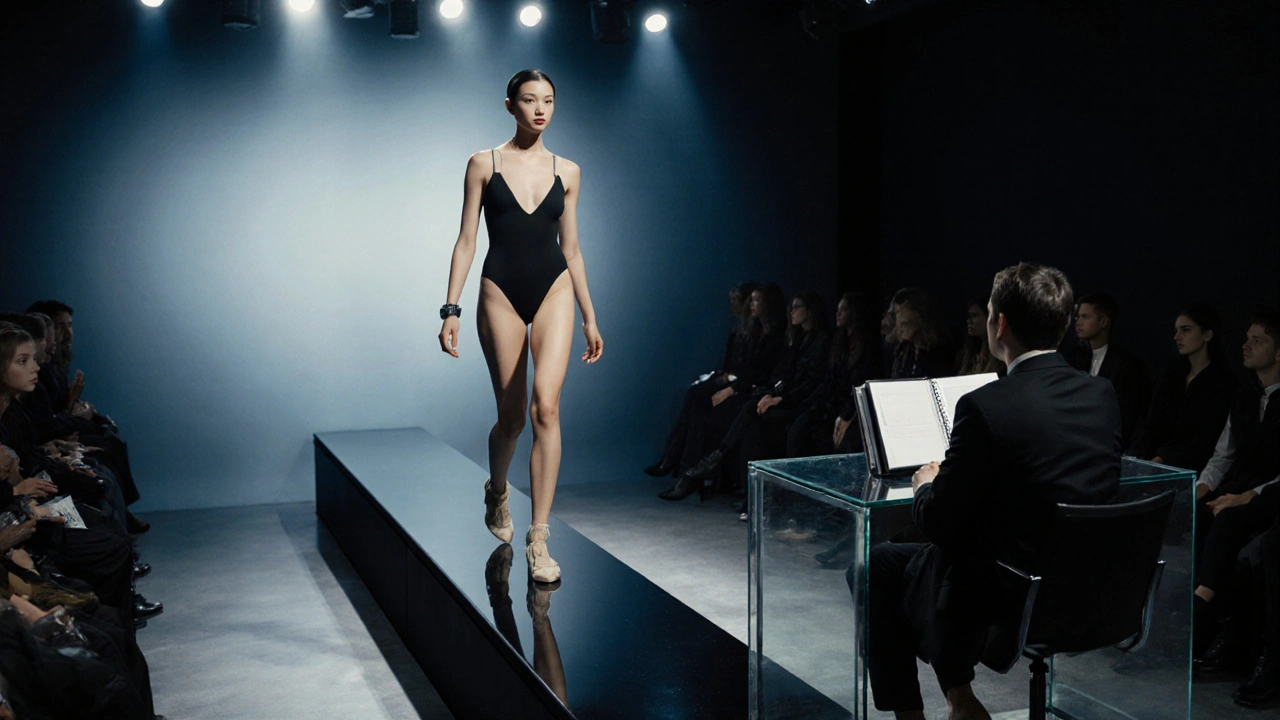
Step 3: Find the Right Modeling Agency
A reputable modeling agency is a company that represents models and connects them with clients that can open doors to runway shows, editorial shoots, and brand campaigns. Here’s how to vet them:
- Research agency rosters: Look for models with a career trajectory you admire.
- Check accreditation: In the UK, agencies should be members of the Association of Model Agencies (AMA).
- Watch for red flags: Fees for representation, promises of instant fame, or requests for money upfront are warning signs.
- Submit a concise email: Include your portfolio link, stats (height, measurements, shoe size), and a brief intro.
Below is a quick comparison that helps you decide between a traditional agency and a boutique scout‑run operation.
| Feature | Traditional Agency | Boutique Scout |
|---|---|---|
| Client Network | Large, established brands | Emerging designers |
| Contract Length | 12‑24 months | 6‑12 months |
| Commission Rate | 20% of gross | 15% of gross |
| Personal Attention | Standardized | Highly individualized |
Step 4: Nail the Casting Call
A casting call is a audition where designers and agencies select models for a show or campaign. Success hinges on preparation and confidence.
- Research the client: Know the designer’s aesthetic, current collection theme, and target market.
- Practice the walk: Keep posture tall, shoulders relaxed, and stride consistent with the show’s vibe.
- Dress appropriately: Neutral clothes (tight‑fitting black or white), minimal accessories, and clean shoes.
- Bring essentials: Portfolio, comp card (a one‑page summary), and a bottle of water.
If you’re called back, follow up with a thank‑you email referencing a specific moment from the casting. Small gestures reinforce professionalism.
Step 5: Prepare for Runway Shows
When you land a runway gig-think fashion week is a series of major industry events where designers debut new collections-the work doesn’t stop at the catwalk.
- Sample fittings: Attend every fitting, note alterations, and communicate any discomfort.
- Rehearsals: Learn the choreography, especially if the show involves group walks or sudden direction changes.
- Hair and makeup trials: Ensure the style complements the designer’s vision and works under runway lighting.
- Backstage etiquette: Arrive early, keep personal items organized, and support fellow models.
Stress management techniques-breathing exercises, short walks, visualizing a flawless walk-can calm nerves right before stepping onto the platform.
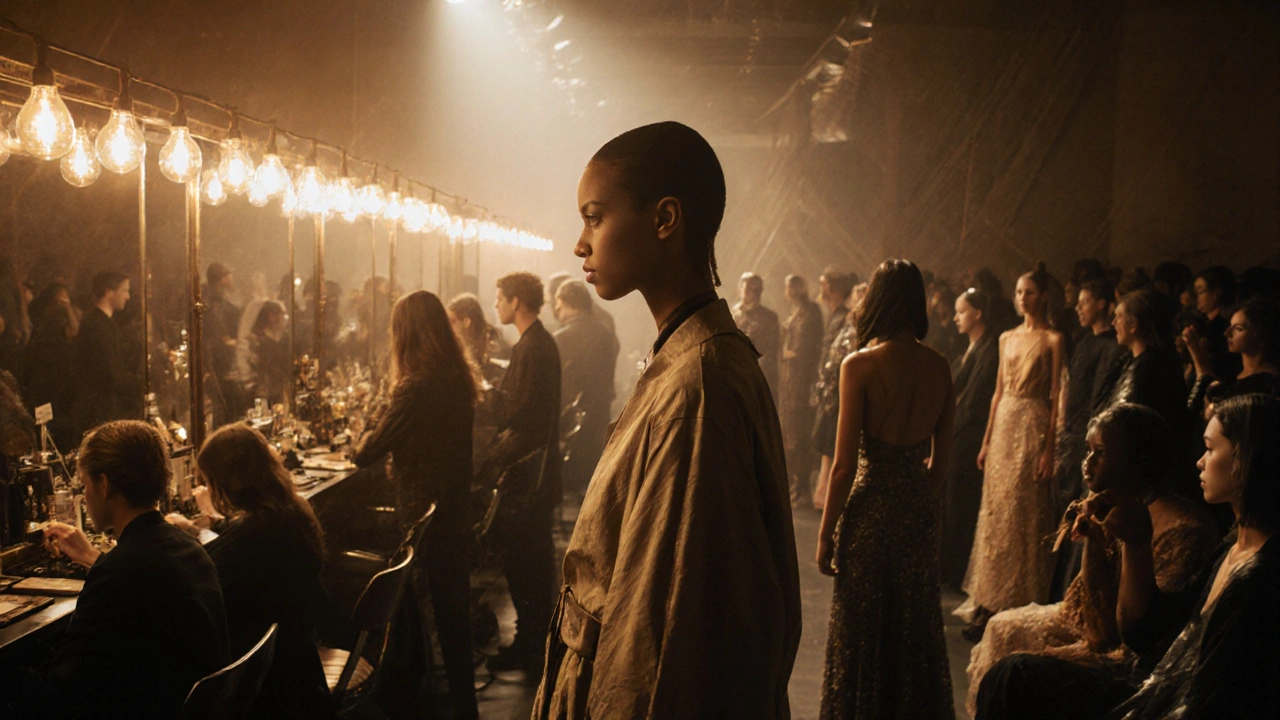
Step 6: Keep Your Body and Mind Healthy
Runway modeling demands a sustainable lifestyle.
- Nutrition: Balanced meals with lean protein, complex carbs, and healthy fats support energy levels.
- Exercise: Focus on posture‑building activities like Pilates, yoga, and light cardio.
- Skin care: Double‑cleansing, regular moisturising, and sunscreen guard against harsh lighting.
- Mental health: Set boundaries, limit social‑media comparison, and consider a therapist familiar with the fashion world.
Remember, longevity in modeling comes from treating your body as a professional tool, not a disposable accessory.
Quick Checklist Before You Sign Anything
- Verify agency credentials (AMA membership, transparent contract).
- Confirm casting call details (date, time, location, required attire).
- Ensure your portfolio is up‑to‑date with recent, high‑quality images.
- Have a trusted mentor or experienced model review any contracts.
- Maintain a personal health record (allergies, injuries) for quick reference during shoots.
Frequently Asked Questions
Do I need a professional photographer for my portfolio?
A professional photographer familiar with fashion lighting dramatically improves your images. However, a skilled hobbyist with good equipment can work if you’re on a tight budget. The key is clean lighting, proper posing, and high‑resolution files.
Can I start modeling without meeting the typical height requirement?
Yes, especially in commercial, plus‑size, or niche markets where height is less crucial. Identify agencies that specialize in those segments and tailor your portfolio accordingly.
How much should I expect to earn per runway show?
Earnings vary widely. Newcomers at regional shows might earn £200‑£500, while established models at major Fashion Weeks can command £5,000‑£20,000 per appearance, plus travel and accommodation covered by the client.
Is it normal to face rejection during castings?
Absolutely. Casting is highly subjective. Treat each "no" as a data point-review feedback, refine your walk, and keep auditioning. Consistency beats perfection.
What’s the role of a model scout?
A model scout is a talent spotter who recruits promising models for agencies. Scouts often work at events, schools, or online, and can fast‑track your entry into reputable agencies.
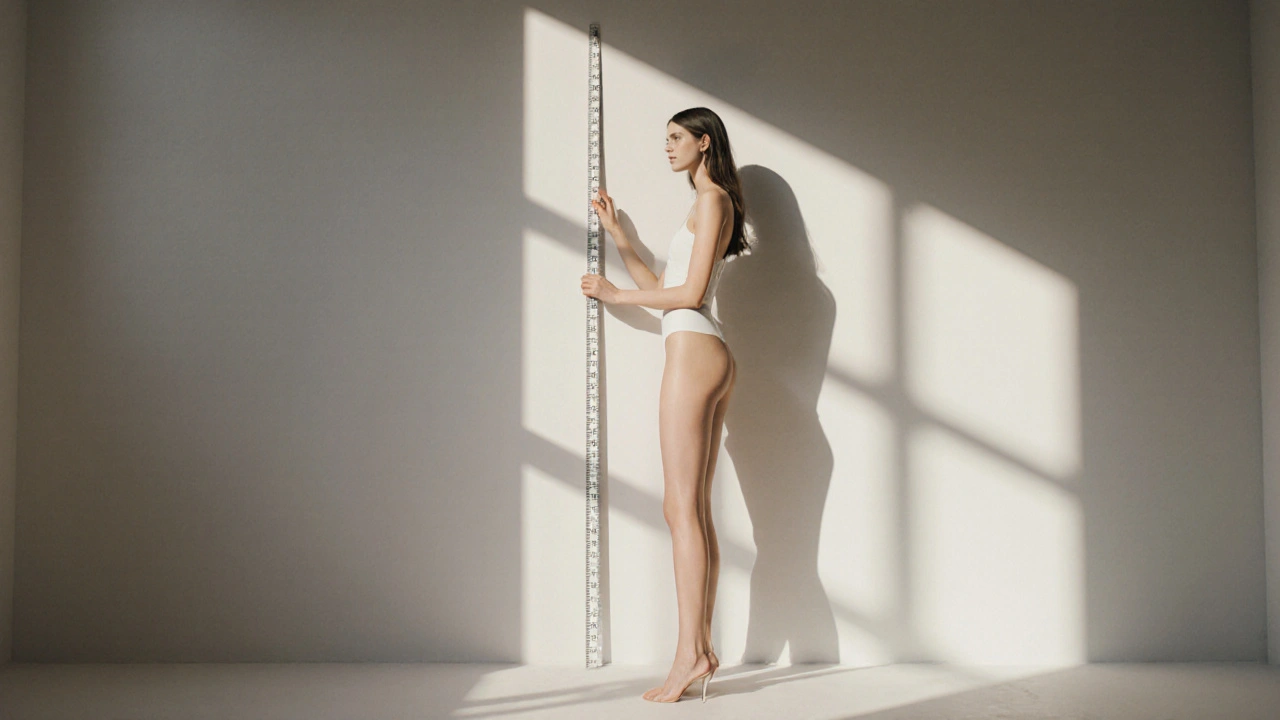


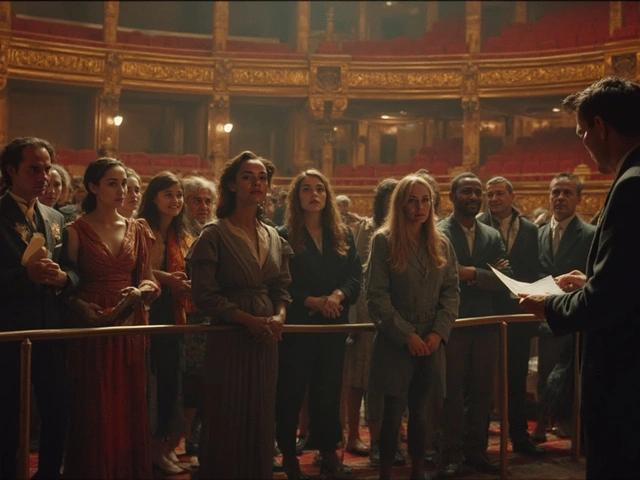
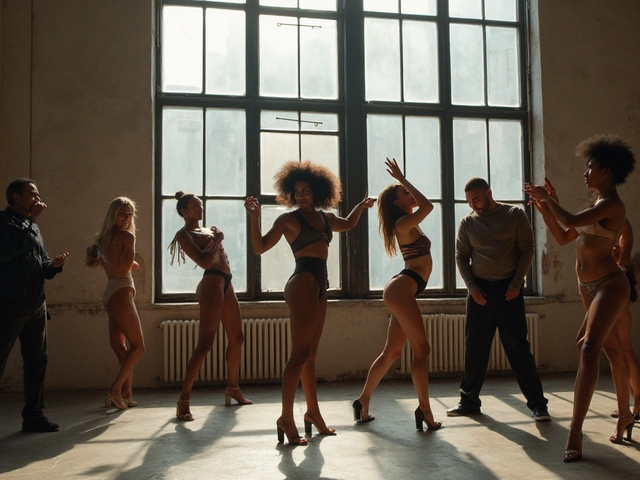
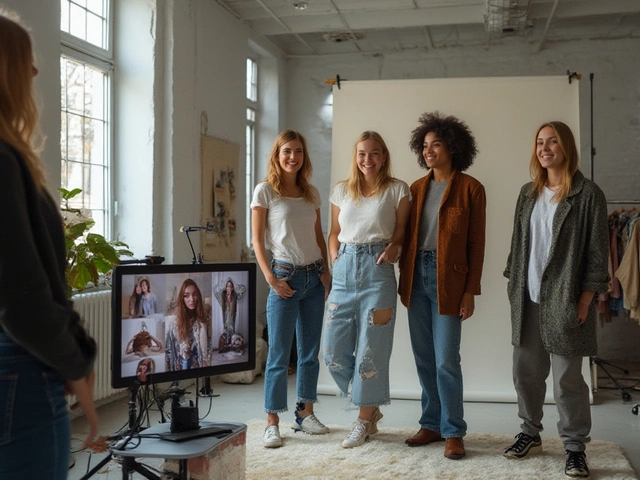
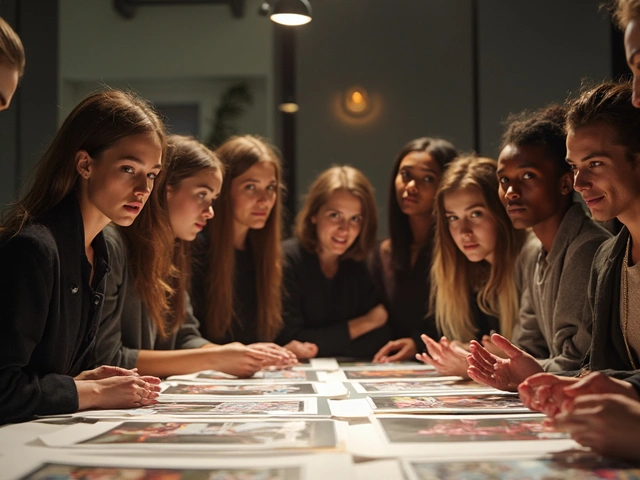
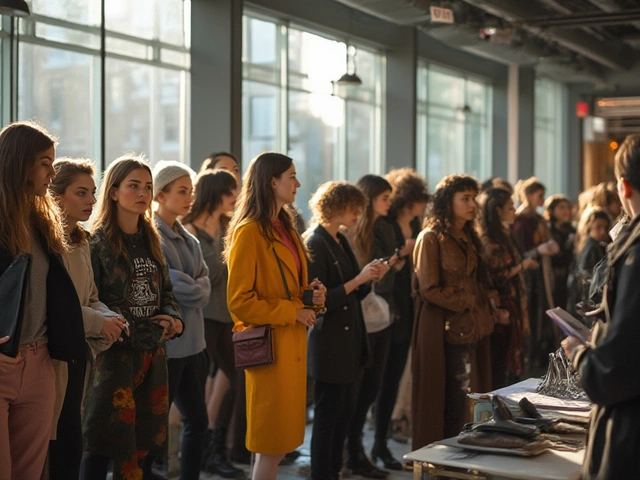
October 8, 2025 AT 18:13
Kelly O'Leary
Great guide you’ve put together.
October 8, 2025 AT 19:36
Kathryn MERCHENT
The United States has always set the gold standard in fashion. Our designers demand the tallest, thinnest, most photogenic talent. If you want to break into runway, you must meet the 5′9″ minimum without exception. Your portfolio should feature only American street style shoots. Agents in New York will only look at images that scream confidence. Never waste time with obscure European agencies. The only real path is to sign with a domestic powerhouse. Remember that the American market values diversity only when it is marketable. Your measurements should be within the 34‑24‑34 range to please casting directors. If you fall short, consider cosmetic surgery to correct any flaw. Every runway model in the US has a professional trainer on call. Your nutrition plan must be strictly low-carb and high-protein. Do not neglect mental health, but keep it private from agencies. The fashion week schedule is relentless, so prepare for back‑to‑back shows. Follow this guide and you will secure your spot on the biggest American runways.
October 8, 2025 AT 21:00
Daniel Landers
Your portfolio must be immaculate and concise 😊. Include a natural headshot and a full‑body shot with clear lighting 😊. Use a photographer who understands runway lighting and can capture your profile accurately 😊. Keep the comp‑card simple with your stats listed in inches 😊. Dress in neutral tight‑fitting clothing for casting calls 😊. Bring a water bottle and your portfolio in a sturdy folder 😊. Practice your walk daily and record it on video for self‑review 😊. Remember that confidence speaks louder than any photograph 😊. Stay consistent with your grooming routine – clear skin, healthy hair 😊. Follow up after castings with a brief thank‑you email referencing the designer’s collection 😊. Treat each opportunity as a learning experience 😊. Build relationships with stylists and makeup artists 😊. Maintain a balanced diet to keep energy levels high 😊. Regular Pilates sessions will improve your posture 😊. Keep your social media professional and showcase only your best work 😊.
October 8, 2025 AT 23:46
Nidhi Gupta
Listen up if u really want to make it in runway you gotta stop listening to western myths. In India we have a rich fashion heritage that many western designers ignore. You dont need to be 6 feet tall you can be 5’5 and still slay if u have the right attitude. The guide forgets to mention the importance of traditional fabrics like khadi and silk. Agencies here love the fusion look more than the generic western vibe. Also u should not waste money on expensive photogs when a good smartphone can do the job if the lighting is right. My sister started at 16 and now she walks for top indian designers because she kept her roots. Dont be scared to show off your cultural identity on the runway. The guide’s advice about "clear skin" is overrated – a few freckles add character. Focus on building a strong network in local fashion weeks. And remember, the industry is not just about height, it’s also about how u carry yourself.
October 9, 2025 AT 02:33
Stephen Park
While the article offers a comprehensive overview, it suffers from a myopic emphasis on conventional height standards, thereby marginalizing diverse body types; the prescriptive nature of the "ideal" measurements betrays an outdated paradigm that fails to acknowledge the evolving inclusivity within the fashion sector. Moreover, the guidance on agencies is superficial, neglecting the critical nuance of contract negotiation and the legal safeguards required to protect emerging talent. The recommendation to "never pay upfront" is sound, yet the article does not delve into the mechanisms for verifying agency legitimacy beyond mere membership listings. Additionally, the health advice is rudimentary, offering no reference to evidence‑based nutritional protocols or mental health resources tailored to the unique pressures faced by runway models. In sum, the guide would benefit from a more balanced discourse that integrates progressive industry trends and provides actionable, legally sound strategies for aspirants.
October 9, 2025 AT 05:20
James Foster
Great points, Stephen! I totally agree that the height focus can be limiting-there's definitely a shift toward more inclusive casting these days! As for agency contracts, it helps to consult a legal professional or a model‑union rep before signing; they can spot hidden clauses that might trap a newcomer. Also, adding a quick checklist for nutrition (like balanced macros) and mental‑health resources (online therapy platforms) would make the guide even more actionable. Thinking about the legal side, a simple template for a model’s representation agreement could be a game‑changer for newbies. And yeah, highlighting real‑world success stories of models who broke the "tall‑only" mold would inspire a lot of readers! Thanks for raising these critical issues-let’s keep improving the guide together.